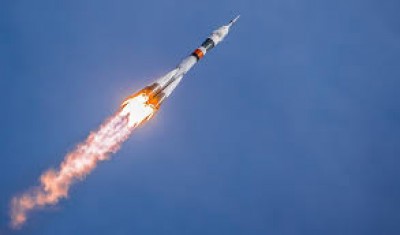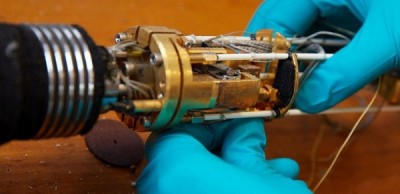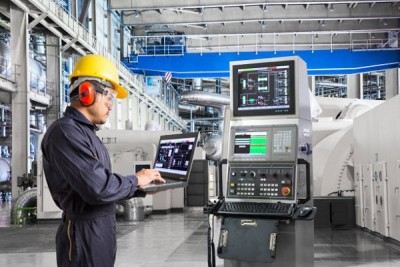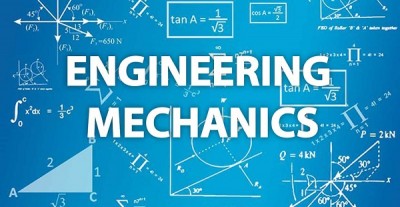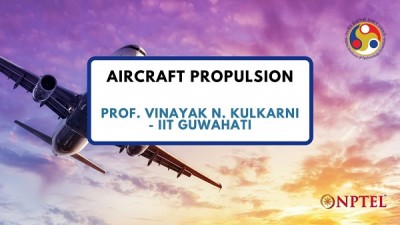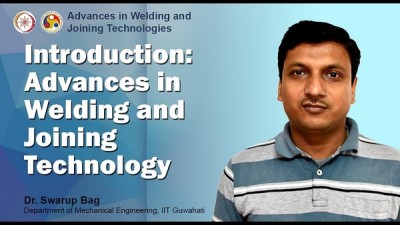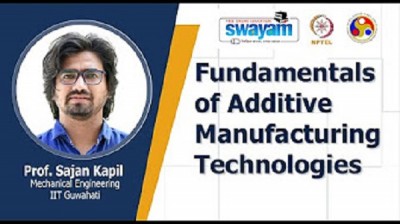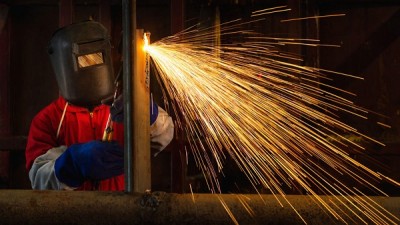Course description
Rocket Principle : Means of achieving orbit, Motion of a sled initially at rest - Motion of giant squids, Rocket principle and Rocket equation - Mass ratio of rocket, desirable parameters to achieve high velocities, propulsive efficiency - Performance parameters of a rocket, staging and clustering, classification of rockets.
Nozzles : Rocket nozzles: Expansion of gases from high pressure chamber, efflux velocity, shape of nozzle - Convergent divergent nozzle, choking, variation of parameters in nozzle - Expansion ratio of nozzles, Performance loss in nozzles - Under-expanded and over-expanded nozzles, flow separation - Contour nozzles, adapted nozzles and unconventional nozzles,mass flow rates and characteristic velocities - Thrust developed by a rocket, thrust coefficient, vacuum and sea level specific impulse, efficiencies and thrust correction factor.
Chemical propellants : Choice from considerations of molecular mass, specific heats, specific heat ratios, temperature and pressure - Choice of chemical propellants: heats of formation, moles and mixture ratio; choice of mixture ratio - Calculation of heat of combustion, temperature, molecular mass and rocket performance parameters - Solid propellants: Double base, composite, composite modified double base and nitramine propellants - Liquid propellants; Energy content and classification, Earth storable and space storable propellants, hypergolic and other features, hybrid propellants - Influence of dissociation on propellant performance, frozen and equilibrium analysis.
Solid Propellant Rockets : burn rate of double base and composite propellants, parameters influencing burn rates - Choice of burn rates for stable operation - Propellant grain configurations: design of solid propellant rocket - Ignition of solid propellant rockets, ignition problems and solutions - Characteristic burn times and action times of solid propellant rockets, variation of burn rates with rocket size, erosive burning, components of solid propellant rocket.
Liquid Propellant Rockets : Introduction to liquid propellant rockets, propellant feed systems, cycles of operation, gas generator, topping/staged combustion cycle, expander and other cycles, factors influencing choice of cycle - Thrust chamber, injector types, combustion chamber - Calculation of efficiency of liquid propellant rockets from non uniform distribution of propellants and incomplete vaporization, characteristic length of chamber - Cooling of thrust chamber and nozzle - Performance and choice of feed system cycle, Choice of parameters for liquid propellant rockets - Turbo-pumps for liquid propellant rockets - Expulsion of propellants using high pressure gas and mass requirements, draining of propellants under microgravity conditions - Complexity of liquid propellant rockets, determination of performance; current trends.
Monopropellant and hybrid Rockets : Monopropellant rockets - Hybrid rockets.
Combustion Instability in Rockets : illustration through examples, bulk and wave modes of instability - Modeling of bulk mode of instability in solid and liquid propellant rockets - Standing waves and characteristic frequencies in different wave modes - Modeling of wave mode instability in rockets - Other types of instabilities; Pogo, vortex shedding etc., Methods of overcoming instability problems.
Electrical Rockets : Electrical rockets: electrical and magnetic fields, electro-thermal, arc-jet, electrostatic and electromagnetic thrusters - Gridded ion thrusters, neutralization and thrust limitations, Hall effect thrusters - Choice of parameters for electrical thrusters, specific mass and optimum efflux velocity, Current trends in electrical rockets.
Nuclear and Advanced Propulsion : Nuclear, tri-propellant and advanced propulsion: Future trends.

